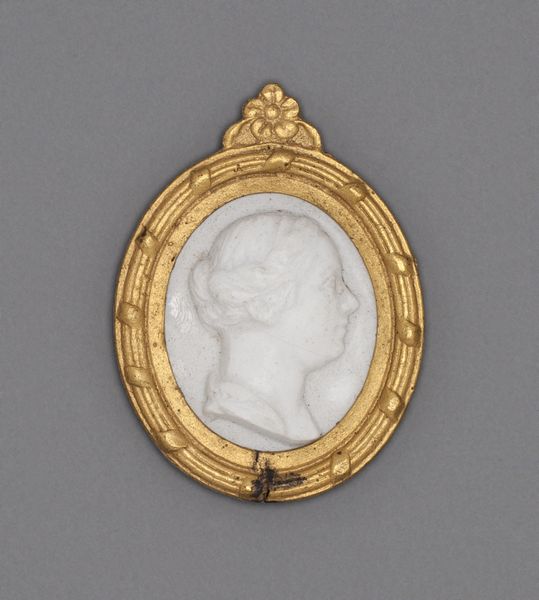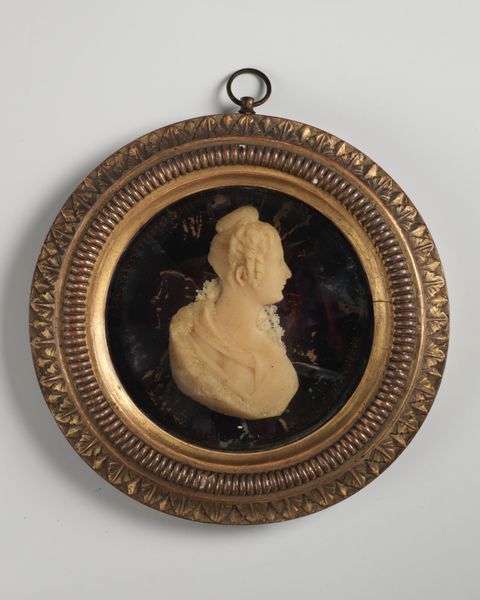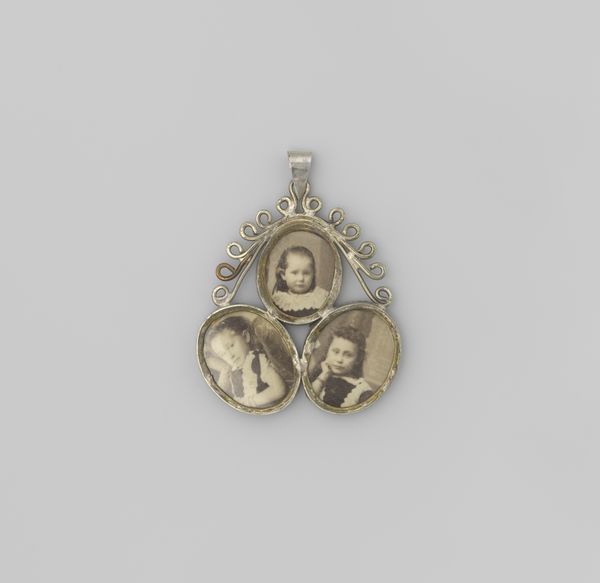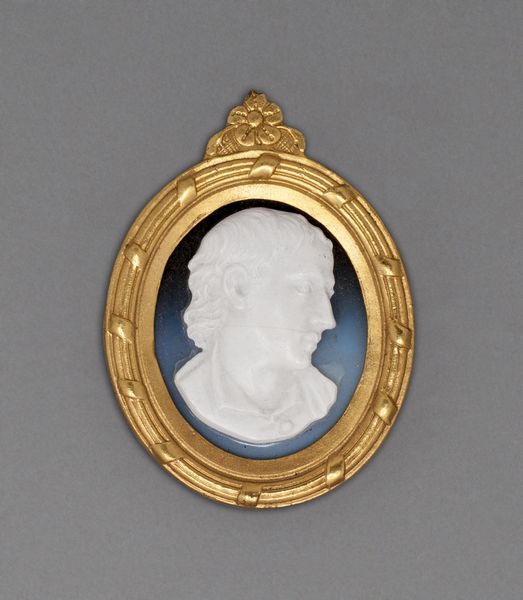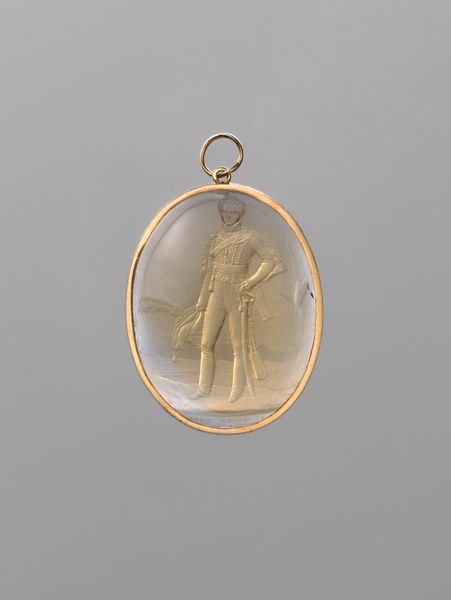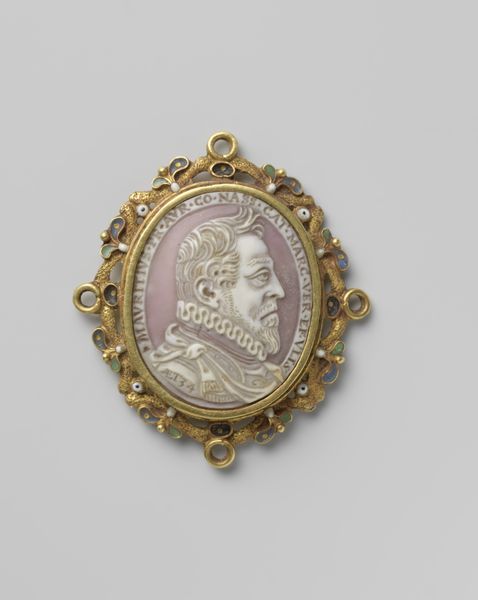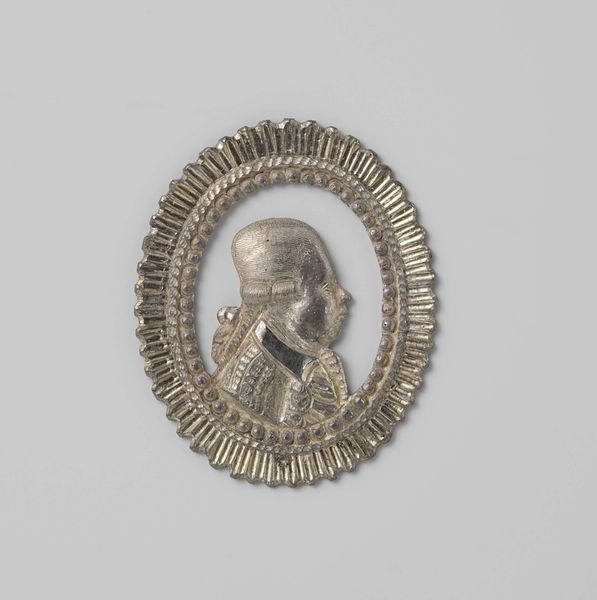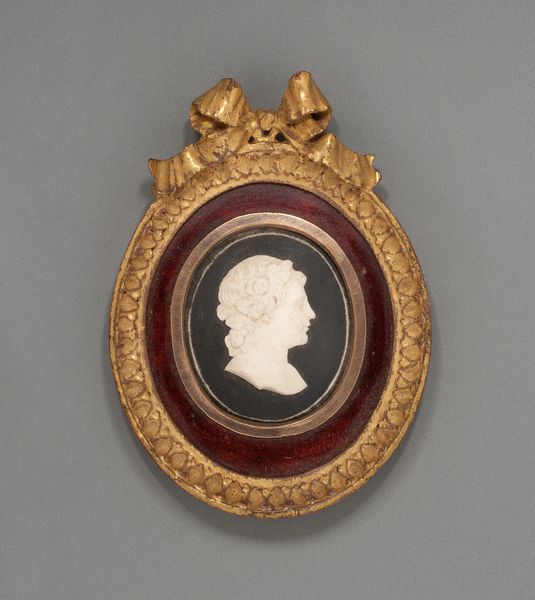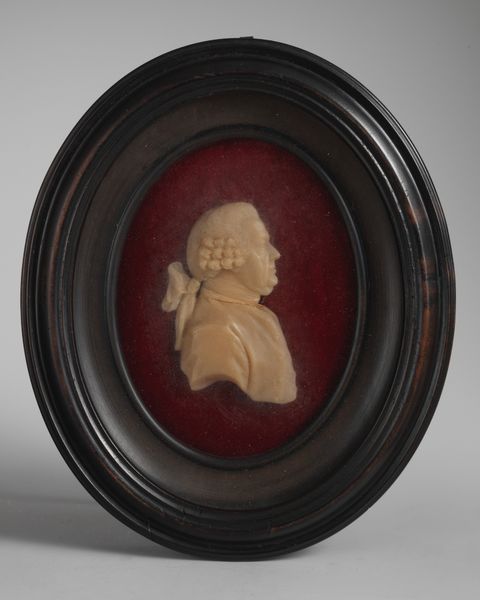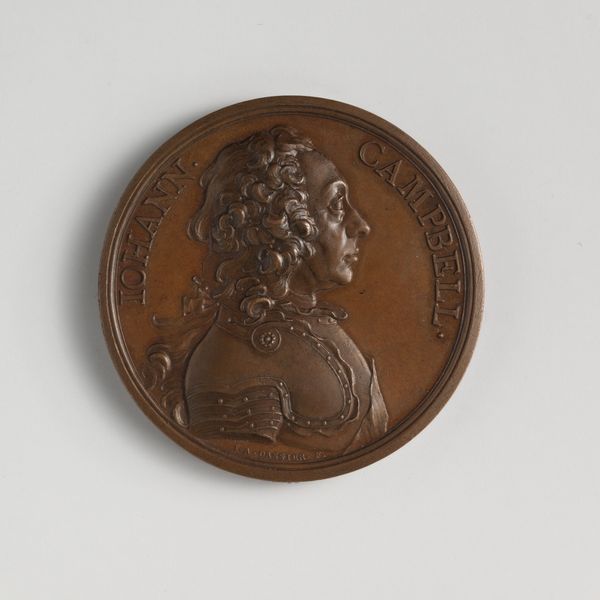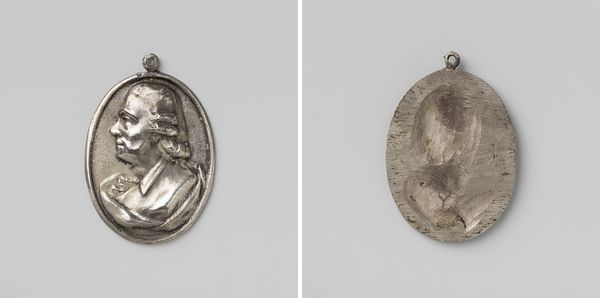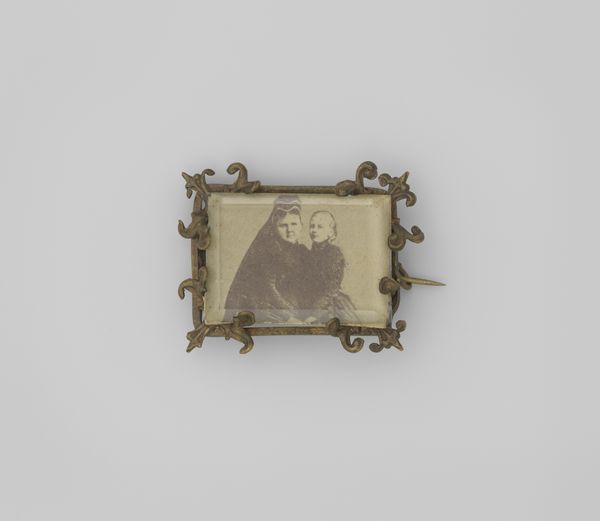
daguerreotype, photography
#
portrait
#
daguerreotype
#
photography
#
genre-painting
Dimensions: height 43 mm, width 34 mm
Copyright: Rijks Museum: Open Domain
Curator: Here we have an intriguing daguerreotype portrait, its estimated creation falling between 1851 and 1900. What strikes you first about this image, Editor? Editor: An instant seriousness. He’s young, but there's a weight to his gaze, a stoicism perhaps heightened by the faded sepia tones. It makes me wonder about the circumstances of its creation, the sacrifices he may have endured... Curator: The daguerreotype process itself demanded stillness, a silent pact between the subject and the photographer. It was still quite a novel medium at the time. Considering its popularization through figures like Louis Daguerre, such portraits catered to a growing middle class eager to participate in modern society's visual culture and social status. Editor: You’re right; it's democratic in a sense. And also somewhat precious, right? I picture him wearing this, a locket close to the heart, both a symbol and a shield. It suggests an intimacy with absence... I am struck by how accessible an experience this becomes across the centuries, even with someone we will never know. Curator: Absolutely. Portraiture always navigates public display and private sentiment. Moreover, early photographic processes held an indexical power that traditional painting did not at the time—the aura of mechanical objectivity adding layers of complexity. The rigid pose contrasts dramatically to romanticized portraits of a bygone era. Editor: I agree; but also, maybe this isn't the whole story; a moment captured that suggests further meaning and narrative, rather than perfectly reflecting a social identity... This object holds secrets that might continue to emerge through discussion. Curator: A wonderful thought. It underscores the layered dialogues we engage in whenever we gaze upon these evocative objects. Editor: I think that the chance to connect with those who came before, through their portraits, is always meaningful.
Comments
No comments
Be the first to comment and join the conversation on the ultimate creative platform.
